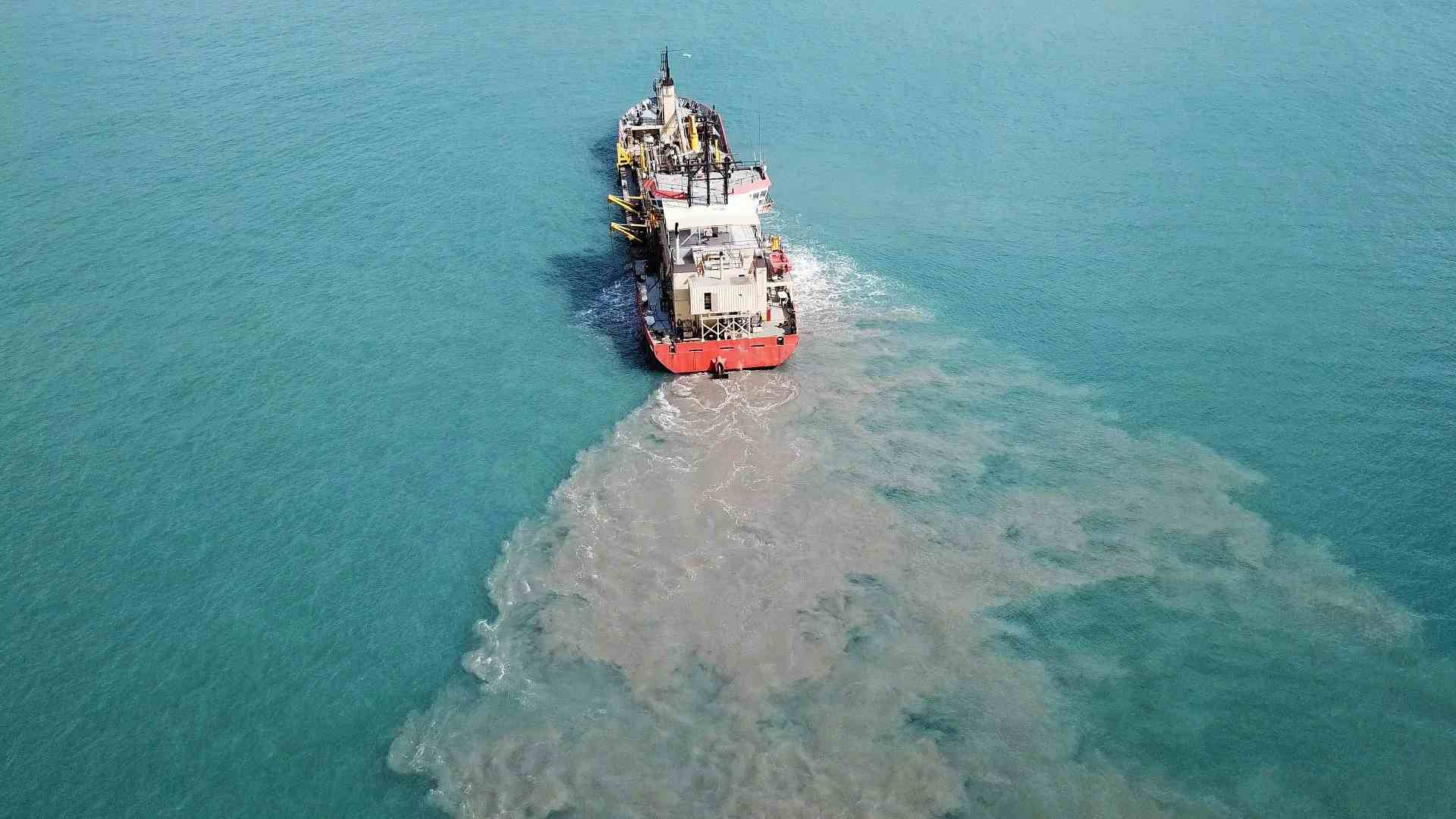Introduction
Born in Katsina State, Nigeria, and now based in South Africa, Mike Oluwaseun Ojumu has charted an extraordinary journey from a curious child tinkering with everyday devices to a visionary innovator at the forefront of dredging technology and subsea robotics. His story reflects a rare combination of early passion, disciplined education, and a determination to tackle some of the most complex engineering challenges in ocean exploration and offshore operations.
Early Curiosity Sparks a Lifelong Passion
Mike’s fascination with machines and mechanical systems began at an early age. While other children watched from a distance, he preferred to dismantle, repair, and reassemble gadgets—often improving their performance in the process. These formative years honed his problem-solving instincts and laid the groundwork for his interest in dredging and subsea engineering.
A pivotal influence was his father, whose advice—“If your dreams do not scare you, they are not big enough”—inspired Mike to pursue ambitious goals without hesitation. Working alongside his father also instilled qualities such as precision, patience, and commitment to quality—essential traits for anyone developing high-stakes marine and offshore technology systems.
Education and Strategic Career Vision
Mike’s academic journey reflects a clear, strategic focus. He holds a National Diploma, Bachelor’s Degree, and Master’s Degree in Mechanical Engineering, alongside an ROV Pilot Technician II certification. These qualifications are complemented by over five years of multidisciplinary maritime industry experience, spanning navigation, engineering specialisation, aerial technology integration, and offshore mining operations.
Currently, Mike is pursuing a PhD in Mechanical Engineering, specialising in subsea robotics and ocean technology systems. His doctoral research focuses on advanced system dynamics, multidisciplinary engineering methodologies, and the integration of emerging technologies driving the Fourth Industrial Revolution—especially in shallow-water exploration and dredging technology.
Bridging Robotics and Dredging Operations
Mike’s work in subsea robotics directly connects with the evolving needs of modern dredging operations. Traditional dredging methods—while effective—are often resource-intensive, environmentally disruptive, and limited in precision. By applying robotics and automation, Mike aims to revolutionise dredging technology, making it more efficient, adaptive, and environmentally sustainable.
His projects involve designing electric-powered subsea crawlers capable of operating in both shallow and deep-water environments. These crawlers can be equipped with specialised dredging attachments to remove sediment, debris, or mineral deposits with pinpoint accuracy—reducing collateral environmental impact while improving operational efficiency.
A Global Perspective with Local Roots
While Mike’s innovations have global applications—from offshore mining in the Pacific to harbour maintenance in Africa—he remains deeply connected to his roots. Growing up in a developing region exposed him to the technological limitations faced by communities that rely on waterways for trade, fishing, and transportation.
For these regions, affordable, accessible, and low-impact dredging technology could be transformative. By developing modular and scalable robotic systems, Mike aims to make advanced dredging capabilities available to markets that have traditionally been priced out of such innovation.
Integrating Air and Sea Systems
One of Mike’s long-term visions is the development of integrated, interoperable systems that enable seamless communication and operational synergy between subsea robotics and aerial systems. This approach could enable unprecedented efficiency in dredging projects.
For example, aerial drones could survey and map dredging sites, providing real-time data to underwater robotic dredgers. The subsea units could then adjust their operations dynamically based on updated aerial information, ensuring optimal sediment removal with minimal environmental disturbance.
Addressing Environmental and Economic Challenges
Mike’s work is not just about pushing technological boundaries—it’s also about addressing real-world environmental and economic concerns. Modern dredging faces growing scrutiny over its ecological impact. Sediment disturbance can harm marine habitats, affect water quality, and disrupt local fisheries.
By integrating advanced robotics with data-driven control systems, Mike’s dredging technology solutions can operate with far greater precision. This allows dredging operations to remove only the necessary material, minimise turbidity, and comply with strict environmental regulations—all while reducing project costs.
Furthermore, these innovations can reduce downtime in offshore operations, enabling faster project completion and significant long-term savings for port authorities, mining companies, and marine construction firms.
Overcoming Challenges to Innovate
Mike’s professional journey has not been without obstacles. Financial constraints posed early challenges to pursuing advanced studies and launching large-scale projects. Instead of slowing him down, these hurdles pushed him to engage more deeply with the marine technology sector, building strong professional networks and acquiring multidisciplinary expertise.
This adaptability has been crucial in high-demand environments such as offshore mining, where unexpected challenges require rapid problem-solving and technical agility—skills equally applicable to complex dredging projects in unpredictable marine conditions.
Looking Toward the Future of Dredging Technology
With his unique combination of academic achievement, industry experience, and innovative vision, Mike is well-positioned to influence the next generation of dredging technology. His ongoing PhD research will contribute directly to the development of autonomous dredging systems that combine efficiency, environmental stewardship, and operational scalability.
Beyond his research, Mike envisions establishing a deep-sea enterprise that includes a training institution for subsea pilots. This academy would focus on robotics, dredging, and ocean innovation—ensuring the next generation of engineers and technicians is prepared to meet the complex challenges of marine operations.
Conclusion
From the inland city of Katsina to the world’s oceans, Mike Oluwaseun Ojumu’s journey embodies the spirit of innovation, resilience, and purposeful engineering. By merging subsea robotics with cutting-edge dredging technology, he is not only advancing marine engineering but also creating solutions that balance industrial needs with environmental responsibility.
In an era where sustainable ocean management is a global priority, pioneers like Mike demonstrate that with vision, dedication, and technical excellence, dredging can evolve into a cleaner, smarter, and more adaptable industry—capable of serving communities, protecting ecosystems, and supporting global commerce for generations to come.
